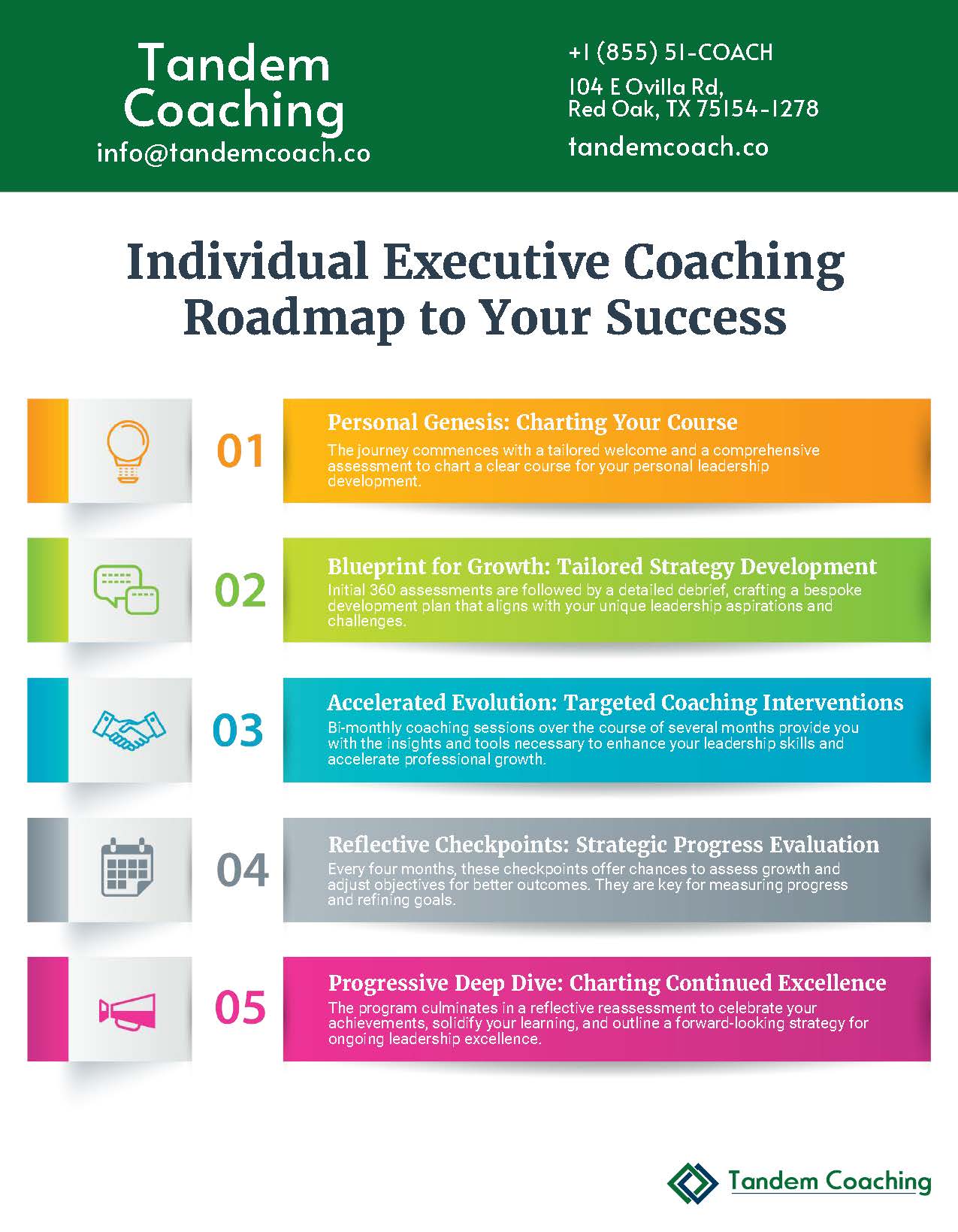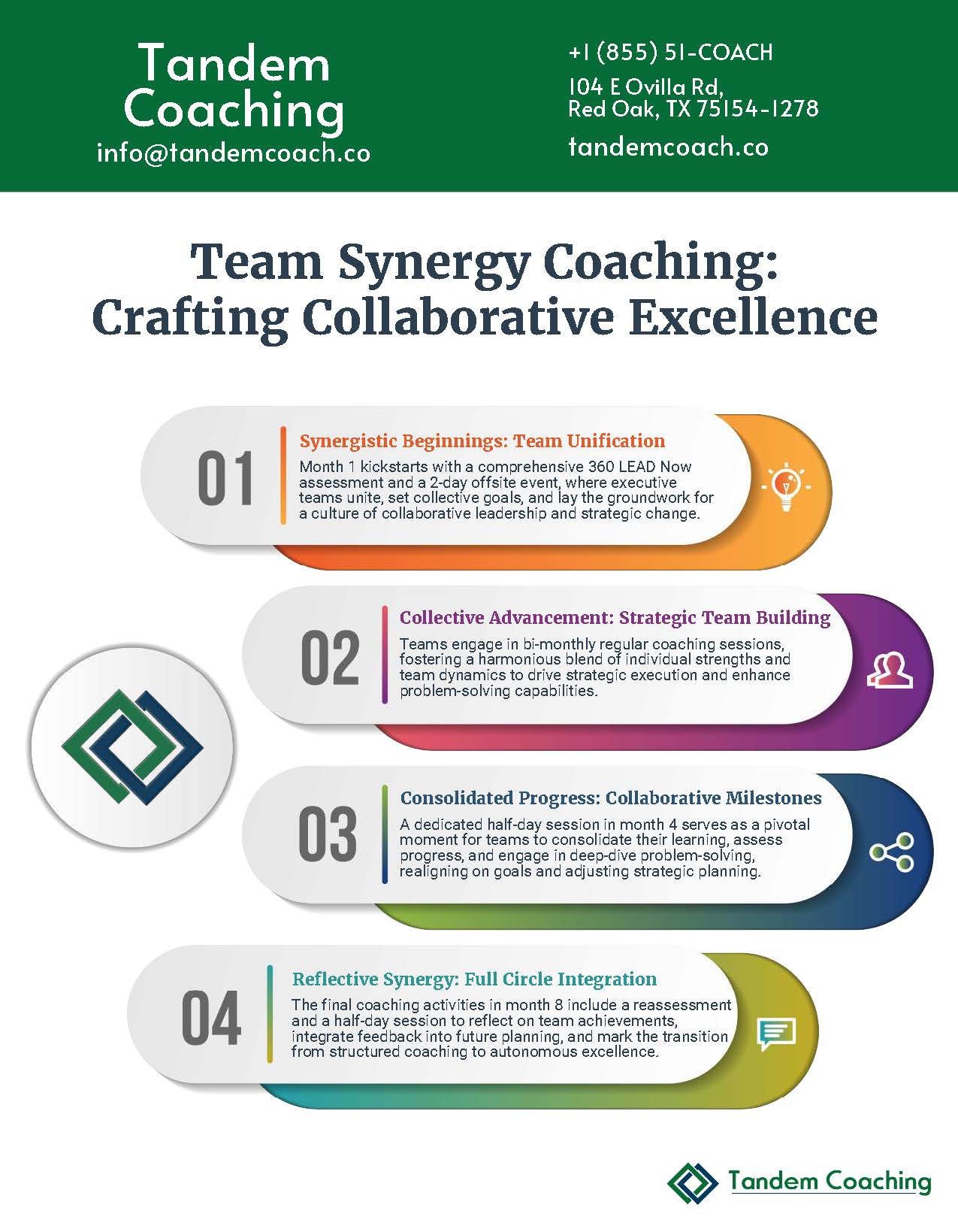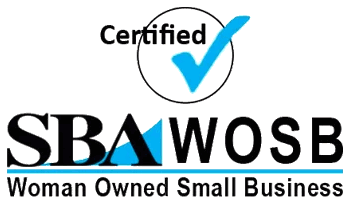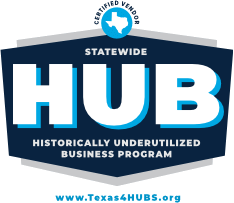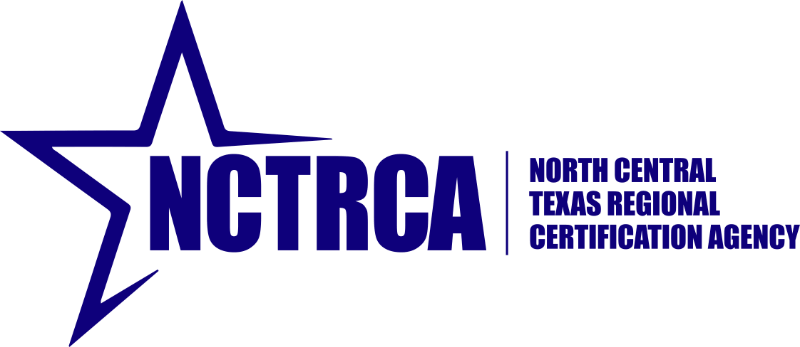You’re running a $50M technology company, managing 200 people across three time zones, preparing for next week’s board meeting, and your phone just buzzed with another “urgent” Slack message. Meanwhile, that strategic planning document you promised yourself you’d finish last month sits untouched, buried under seventeen other priorities that somehow all became critical yesterday. Sound familiar?
Here’s what nobody tells you about executive productivity: the systems that got you here are actively sabotaging you now. That GTD system you mastered as a senior developer? It crumbles under the weight of board obligations and stakeholder complexity. The time-blocking method that worked perfectly when you managed a team of twelve? It falls apart when every hour contains three parallel crises and your calendar looks like someone played Tetris with your life.
The $2.1 Million Problem Nobody Talks About
Let me share something that should terrify every board member and investor reading this. When we calculate the true cost of poor executive productivity, the number isn’t just shocking—it’s existential. Take your average senior executive compensation of $850,000, multiply it by their 2.5x impact radius on organizational performance, and you’re looking at $2.1 million in annual value creation that hinges on how effectively that executive manages their personal productivity.
But the real tragedy isn’t the money. It’s watching brilliant leaders become the very bottlenecks they swore they’d never be. You hired the best people, built incredible teams, implemented agile methodologies across your organization, yet somehow you’re still the constraint. Every strategic initiative flows through you. Every major decision waits for your input. Your team’s velocity is capped by your capacity to review, decide, and unblock.
“The systems that got you here are actively sabotaging you now—executive productivity requires fundamentally different architecture than individual contributor excellence.”
This isn’t a personal failure. It’s a systems failure. The productivity methodologies filling airport bookstores and dominating productivity blogs were designed for individual contributors, not executives juggling strategic thinking with operational execution, board governance with team leadership, and innovation with risk management.
Why Standard Productivity Systems Fail at Executive Scale
After working with hundreds of technology executives, patterns emerge that explain why 73% fail with traditional productivity approaches. These aren’t character flaws or lack of discipline—they’re predictable system failures when consumer-grade productivity meets enterprise-scale complexity.
The first failure point is what I call the “Sprint Collision.” Your engineering teams run in two-week sprints, your board operates on quarterly cycles, your investors think in annual returns, and your market moves in real-time. Traditional productivity systems assume a single time horizon. They can’t handle the cognitive load of operating across multiple temporal dimensions simultaneously. You’re not managing tasks; you’re conducting a temporal orchestra where every section plays in a different time signature.
Then there’s the “Delegation Paradox.” Every productivity guru preaches delegation as the ultimate leverage, but they never address the executive reality: delegating strategic decisions requires more initial time investment than doing them yourself. You need to provide context, establish decision frameworks, create feedback loops, and manage the political implications of who owns what. The productivity cost of delegation often exceeds the productivity gain, at least in the short term, creating a vicious cycle where you’re too busy to delegate effectively, which keeps you too busy to ever escape.
The technical debt metaphor you understand from engineering applies perfectly here. Every quick fix, every “I’ll just do it myself this time,” every skipped weekly review accumulates compound interest. What starts as a minor productivity inefficiency becomes organizational paralysis. Your productivity debt doesn’t just affect you—it cascades through your organization, slowing every team that depends on your decisions.
The Productivity Stack Architecture™: Engineering Systems for Executive Reality
Here’s the breakthrough insight that transformed how I approach executive productivity: you don’t need a better system; you need a system of systems. Think of it like your technology stack. You wouldn’t run your entire company on a single application. You have specialized tools for different functions—Salesforce for sales, Jira for development, Slack for communication—all integrated into a coherent ecosystem.
Your personal productivity needs the same architectural approach. I call this the Productivity Stack Architecture, and it consists of four integrated layers, each serving a specific function in your executive operating system.
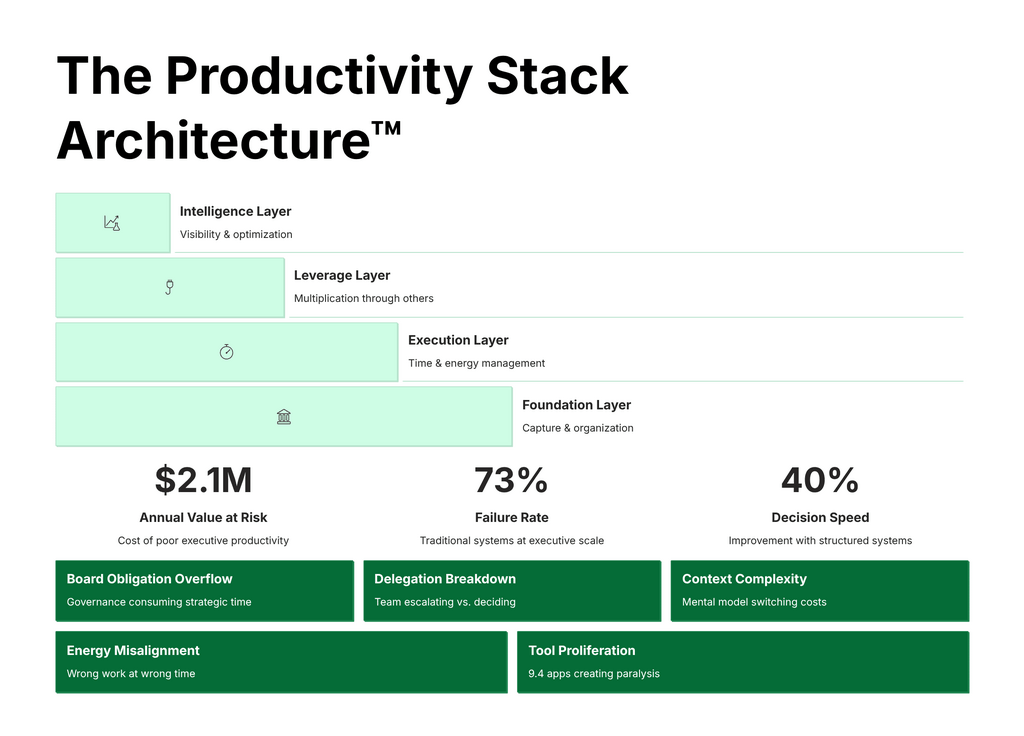
The Foundation Layer handles capture and organization. This is where a modified GTD system lives, but engineered for executive scale. Instead of David Allen’s contexts like “@computer” or “@phone” (useless when everything happens on your laptop), you need contexts like “Board Prep,” “Strategic Thinking,” “Team Development,” and “Stakeholder Management.” Your capture system must handle inputs from email, Slack, text messages, board packets, investor updates, customer escalations, and those random thoughts that strike during your 6am run.
The Execution Layer manages your actual work. This combines time-blocking strategies with energy management, because executive work isn’t just about time—it’s about having the right cognitive resources for the right type of thinking. Architecture decisions require different mental energy than performance reviews. Board presentations demand different preparation than sprint planning. Your execution layer must account for these variations.
The Leverage Layer focuses on multiplication through others. This isn’t traditional delegation; it’s building systems that enable autonomous decision-making. Every task you touch should be the last time you touch that category of task. If you’re reviewing the same type of decision twice, you haven’t created the right framework for your team. Your delegation system becomes a teaching tool, gradually expanding your team’s decision authority while maintaining strategic alignment.
The Intelligence Layer provides visibility and optimization. This includes dashboards, metrics, and feedback loops that show you where your time actually goes versus where it should go. Most executives have no idea they’re spending 23 hours per week in meetings until they see the data. They don’t realize they’re making 200+ micro-decisions daily until they count them. Your productivity audit becomes your radar system, constantly scanning for inefficiencies and optimization opportunities.
The Five Failure Vectors Destroying Your Productivity
Understanding what breaks executive productivity is as important as knowing what enhances it. Through analysis of hundreds of executive breakdowns, five consistent failure vectors emerge, each requiring specific countermeasures.
Board Obligation Overflow happens when governance responsibilities consume your strategic thinking time. Board members email you directly with “quick questions” that require hours of analysis. Committee work expands to fill every available moment. Quarterly board meetings generate weeks of preparation that cannibalize your operational leadership. The solution isn’t working harder; it’s creating systematic board management protocols that batch communications, standardize reporting, and establish clear boundaries around direct access.
Delegation Breakdown Syndrome occurs when your team isn’t truly empowered to make decisions. They’ve learned that bringing problems to you gets faster resolution than solving them independently. You’ve inadvertently trained them to escalate rather than decide. Breaking this pattern requires intentionally slower response times to non-critical escalations, creating decision frameworks that provide clear authority, and celebrating autonomous decisions even when they differ from what you would have chosen.
Context Complexity Collapse is the executive version of context switching, but exponentially worse. You’re not just switching between tasks; you’re switching between entire mental models. In a single hour, you might shift from technical architecture decisions to compensation philosophy to market positioning to crisis management. Each shift carries switching costs that compound throughout the day. Managing context switching at executive level requires dedicated blocks for similar cognitive work and protective protocols around your deepest thinking time.
“Every productivity system you implement should make itself obsolete—if you’re using the same system after six months without evolution, it’s already failing you.”
Energy Misalignment Disorder strikes when you’re doing the right work at the wrong time. Reviewing contracts during your peak creative hours, having routine check-ins when you’re mentally sharpest, or trying to do strategic thinking when you’re cognitively depleted. Understanding your natural rhythms and aligning your work accordingly can double your effective output without adding a single hour to your day.
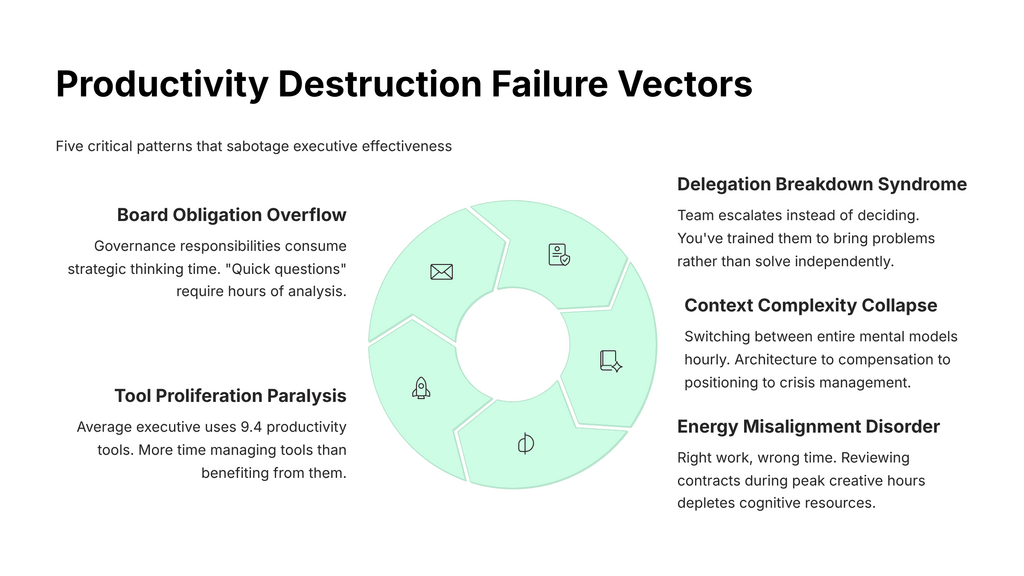
Tool Proliferation Paralysis emerges from the myth that the right app will solve your productivity challenges. The average executive uses 9.4 different productivity tools, spending more time managing their tools than benefiting from them. Your productivity tech stack should be intentionally minimal, deeply integrated, and constantly evaluated for return on time invested.
Building Your Personal Productivity Stack
Creating your executive productivity system isn’t about adopting someone else’s method wholesale. It’s about engineering a custom solution that fits your specific role, responsibilities, and cognitive patterns. The process follows a specific sequence designed to build momentum while preventing overwhelm.
Start with the Productivity Personality Matrix assessment. Are you an Orchestrator who thrives on coordinating multiple initiatives? A Strategist who needs long blocks of deep thinking time? An Operator who excels at execution and implementation? Or a Rainmaker focused on external relationships and deal-making? Your type determines which systems to prioritize and how to configure them for maximum effectiveness.
Next, implement your 30-day transformation roadmap, but with executive-specific modifications. Week one focuses on quick wins that demonstrate value to both you and your team. This might mean establishing “office hours” for non-urgent questions, creating a decision log that tracks what you’re deciding and why, or implementing a simple energy tracking system to identify your peak performance windows.
Week two introduces system integration. This is where your various productivity tools start talking to each other. Your calendar blocks align with your task priorities. Your energy management influences your meeting scheduling. Your delegation system connects to your team’s workflow tools. Integration is where most executives fail because they try to maintain multiple parallel systems instead of creating one integrated ecosystem.
Week three adds automation and optimization. Every repeated decision becomes a documented framework. Every recurring meeting gets a standing agenda. Every status update becomes a dashboard. The goal isn’t to automate your job but to automate the administrivia that consumes your cognitive capacity.
Week four cements habits and begins team rollout. Your productivity system only succeeds when your team understands and supports it. They need to know when you’re available versus when you’re in deep work. They need to understand your decision frameworks to avoid unnecessary escalations. They need to see how your productivity improvements benefit them through faster decisions and clearer direction.
The Technology Executive’s Unique Challenges
Technology executives face productivity challenges that our peers in other industries don’t fully appreciate. The continuous deployment mindset that serves us well in product development creates chaos in personal productivity. We’re constantly shipping updates to our personal systems, never letting them stabilize long enough to become habitual.
Sprint ceremonies interrupt traditional time-blocking approaches. You can’t maintain four-hour deep work blocks when stand-ups, planning sessions, and retrospectives fragment your calendar. The solution is embracing “sprint-safe productivity”—systems that align with your team’s development rhythm rather than fighting against it.
The technical debt parallel runs deeper than metaphor. Just as your codebase accumulates shortcuts and quick fixes that eventually require refactoring, your productivity system accumulates inefficiencies that compound over time. That email folder called “To Review”? That’s productivity debt. The decision you’ve deferred three times? That’s interest accumulating. Regular productivity refactoring—systematic reviews and optimizations of your systems—prevents collapse.
On-call responsibilities and production incidents create unique disruptions. You might have the perfect day planned, but when production goes down, everything stops. Your productivity system must be antifragile, actually improving under stress rather than breaking. This means building in buffer time, maintaining “emergency mode” protocols, and ensuring your team can function autonomously when crisis strikes.
“The best productivity system is the one that makes itself invisible—when it’s working perfectly, you don’t think about productivity at all, you just execute.”
The “GitHub commit history of productivity” isn’t just a clever analogy—it’s a functional approach. Version control your productivity systems. Document what you change and why. Roll back modifications that don’t work. Branch experimental approaches before merging them into your main workflow. This engineering mindset transforms productivity from fuzzy self-help into systematic optimization.
Recovery Protocols: When Everything Falls Apart
Every executive productivity system eventually faces catastrophic failure. A merger announcement destroys your carefully crafted routines. A key team member leaves, triggering cascading responsibilities. A family crisis demands immediate attention. The difference between temporary disruption and permanent dysfunction lies in your recovery protocols.
The Rapid Reset Protocol takes 48 hours and restores basic functionality. First, declare productivity bankruptcy—acknowledge that your system has failed and stop trying to maintain it. Clear all non-critical commitments for the next two days. Then rebuild from zero, starting with simple capture (everything goes in one list), basic triage (what must happen today versus what can wait), and minimal structure (three key priorities daily).
The Progressive Restoration Method works over two weeks to rebuild your full system. Days 1-3 focus on capture and control—getting everything out of your head and into a trusted system. Days 4-7 add structure and prioritization. Days 8-10 integrate tools and automation. Days 11-14 reestablish team protocols and communication patterns.
The Failure Analysis Framework prevents repeat collapses. What specific trigger caused the breakdown? Which system components failed first? What early warning signs did you miss? Every failure teaches you something about your system’s vulnerability. Document these lessons and build specific countermeasures.
Remember that recovery isn’t about perfection; it’s about momentum. A 60% functional system that you’re actually using beats a perfect system that’s abandoned. Start small, build consistently, and accept that executive productivity is a practice, not a destination.
The ROI Reality: Quantifying Your Productivity Gains
Executives live in a world of metrics and ROI calculations, yet we rarely apply this rigor to our personal productivity. When you implement the Productivity Stack Architecture correctly, the returns are measurable and substantial.
Consider the multiplication effect. As an executive managing 50 people, every hour you save through better productivity doesn’t just benefit you—it unbottles your entire organization. If poor productivity makes you the constraint on five key initiatives, improving your throughput by 30% accelerates all five simultaneously. That’s not linear improvement; it’s exponential impact.
The decision velocity metric shows even more dramatic gains. Executives who implement structured productivity systems reduce decision time by 40% while improving decision quality. How? By creating frameworks that eliminate re-analysis, establishing clear decision rights that prevent unnecessary escalations, and maintaining energy management systems that ensure you’re making important decisions when cognitively optimal.
The team performance correlation is perhaps most striking. Teams led by executives with strong personal productivity systems show 25% higher velocity, 30% better engagement scores, and 50% lower turnover. Your personal productivity isn’t selfish—it’s the foundation of organizational effectiveness.
Calculate your hourly value by taking your total compensation package and dividing by 2,000 (approximate working hours per year). For most executives, this lands between $400-800 per hour. Now consider that implementing effective productivity systems typically recovers 10-15 hours weekly. That’s $4,000-12,000 in weekly value creation, or $200,000-600,000 annually. The ROI on productivity optimization isn’t just positive—it’s transformational.
Your Implementation Roadmap
Success with executive productivity systems requires systematic implementation, not dramatic overnight changes. The path forward follows a proven sequence designed to build momentum while preventing the overwhelm that causes most productivity initiatives to fail.
Tomorrow morning, block your first two hours for strategic work. No meetings, no email, no Slack. Use this time for your highest-value thinking—the work only you can do. Measure the impact on your day’s effectiveness. This single change often produces such dramatic results that executives become instant converts to structured productivity.
This week, complete your executive productivity audit to establish baseline metrics. You can’t improve what you don’t measure. Track where your time actually goes, when your energy peaks and valleys, and which activities generate the most value. The patterns that emerge will surprise you.
Within two weeks, implement your first integrated system. Start with GTD for executives, modified for C-suite complexity. This creates the foundation for everything else. Once you have reliable capture and organization, you can build more sophisticated systems on top.
By month’s end, have your Productivity Stack Architecture fully operational. All four layers—Foundation, Execution, Leverage, and Intelligence—working in harmony. Your team understands and supports your systems. Your tools are integrated and automated. Your recovery protocols are documented and tested.
“Your personal productivity system is the highest-leverage investment you can make—it multiplies every other effort across your entire organization.”
The path from productivity chaos to systematic effectiveness isn’t easy, but it’s navigable with the right framework. The Productivity Stack Architecture provides that framework, specifically engineered for executive complexity.
Resources and Next Steps
The Productivity Stack Architecture provides the framework for transforming your executive effectiveness. While the concepts are clear, implementation always benefits from customized guidance based on your specific role, industry, and organizational context.
Key Frameworks from This Guide:
- Executive Productivity Personality Matrix (Orchestrator, Strategist, Operator, Rainmaker)
- Productivity Stack Architecture™ (Foundation, Execution, Leverage, Intelligence layers)
- Five Failure Vectors analysis
- ROI calculation methodology
- 90-day implementation roadmap
Related Reading:
- Advanced Time Blocking Strategies for executive calendars
- Context Switching Solutions for technical leaders
- Building Your Second Brain for knowledge management
Frequently Asked Questions
How is this different from standard productivity advice like "Eat That Frog" or "The ONE Thing"?
Those approaches assume you have control over your priorities and can focus on single objectives. Executive reality involves multiple parallel priorities, stakeholder management, and responsibilities you can’t delegate or ignore. The Productivity Stack Architecture acknowledges this complexity and provides systems for managing it rather than pretending it doesn’t exist.
How long does it take to see real results from implementing these systems?
Quick wins appear within 48 hours—usually in the form of recovered focus time and reduced anxiety. Measurable productivity improvements manifest within two weeks. Full system integration and habit formation takes 30-60 days. The key is starting with small changes that demonstrate value, then building systematically rather than trying to transform everything simultaneously.
What if my organization's culture doesn't support productivity boundaries?
This is the reality for many executives, especially in high-growth technology companies. Start by demonstrating value rather than demanding change. When your improved productivity leads to better decisions and faster execution, stakeholders become supporters. Frame productivity improvements as customer service—you’re becoming more effective for them, not despite them.
Should I use AI tools like ChatGPT or Claude for productivity enhancement?
AI tools can accelerate specific tasks—drafting communications, summarizing documents, brainstorming solutions—but they’re not a productivity system. They’re tools within your stack. The danger is believing AI will solve your productivity challenges rather than recognizing it as one component in your broader architecture. Use AI tactically, but build your systems strategically.
How do I maintain these systems during crisis periods?
Crisis is exactly when you need systems most. The key is having degraded mode operations—simplified versions of your systems that maintain basic functionality under stress. Think of it like your disaster recovery planning for technical systems. You don’t abandon your backup protocols during an outage; you rely on them more heavily.
What's the biggest mistake executives make when trying to improve productivity?
Trying to implement too many changes simultaneously. They read about morning routines, deep work, Getting Things Done, and time blocking, then try to adopt everything at once. This creates cognitive overload and guarantees failure. Pick one system, implement it fully, achieve stability, then add the next layer. Productivity is a marathon, not a sprint.
Can these systems work for small startup CEOs or are they only for larger companies?
The principles apply regardless of company size, but the implementation varies. Startup CEOs face different challenges—wearing multiple hats, resource constraints, constant pivots—that require adapted approaches. The Productivity Stack Architecture scales down effectively; you might need fewer layers or simpler tools, but the core concept of integrated systems remains valid.
How do I know if my productivity system is working or needs adjustment?
Monitor three key metrics: decision velocity (time from question to answer), energy sustainability (whether you’re exhausted or energized at day’s end), and team autonomy (how often they need your input). If any of these decline over two consecutive weeks, your system needs tuning. Regular retrospectives—weekly quick checks and monthly deep dives—keep your systems responsive to changing needs.
Taking the Next Step
The path from productivity chaos to systematic excellence starts with a single decision: committing to engineer your executive operating system with the same rigor you’d apply to any critical business initiative. You wouldn’t run your company on hope and good intentions. Why run your personal productivity that way?
If you’re ready to transform your executive effectiveness and multiply your organizational impact, I invite you to explore how our Executive Productivity Transformation program can accelerate your journey. Through personalized assessment, customized system design, and ongoing optimization support, we help technology leaders build productivity systems that actually work at executive scale.
Schedule a consultation to discuss your specific challenges and explore how the Productivity Stack Architecture can transform your leadership effectiveness. Or, if you prefer self-paced learning, our Productivity Fundamentals for Leaders course provides comprehensive training on implementing these systems yourself.
The choice isn’t whether to improve your productivity—it’s whether to continue struggling with systems that weren’t built for your reality or to implement architecture designed specifically for executive success. Your organization is waiting for you to become the leader who’s no longer the bottleneck. Your team is ready for you to provide clear direction without micromanagement. Your board wants to see strategic thinking, not operational firefighting.
The systems exist. The path is clear. The only question is: When will you start?











